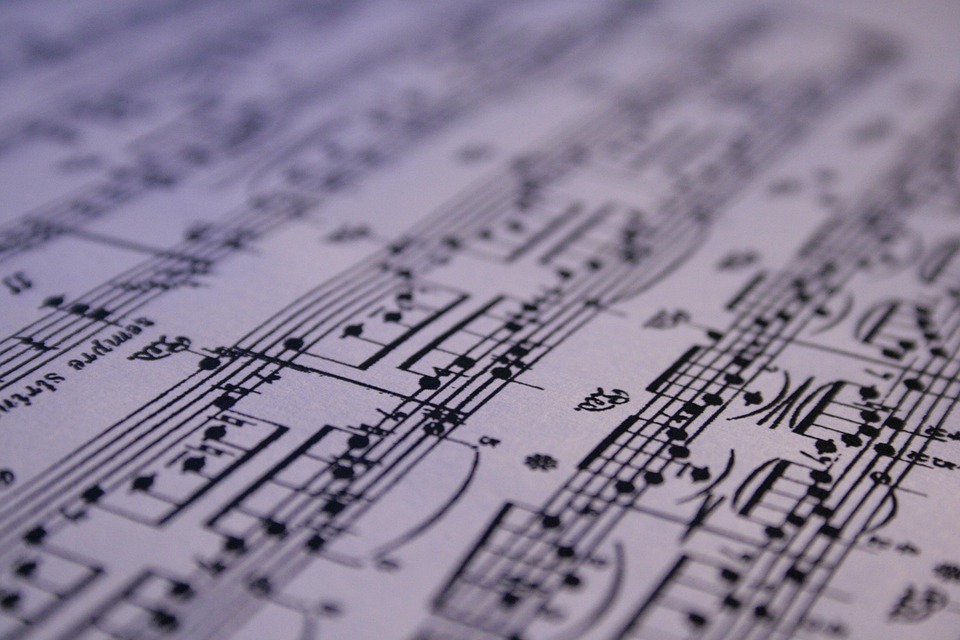In this guide, we will help you understand how to convert your pictures to Airbit seamlessly. Whether you are a musician looking to promote your work or an artist wanting to showcase your visuals, this step-by-step approach will make the process clear and accessible.
Understanding Airbit and Its Importance for Musicians
Airbit is a popular platform for musicians, producers, and beatmakers to sell their beats and music tracks. It allows creators to showcase their talent and monetize their work effectively. Images play a vital role in enhancing your profile and attracting potential buyers. A compelling picture can catch a listener’s eye and convey the essence of your music.
When you convert your pictures for Airbit, you ensure that they are optimized for the platform, improving visibility and professionalism. High-quality images can help you stand out in a competitive market, making it essential to understand the conversion process.
Choosing the Right Images for Conversion
Before diving into the conversion process, it’s crucial to select the right images. Look for pictures that represent your music style, brand, or personality. This could include album covers, promotional images, or even behind-the-scenes shots that tell a story about your musical journey.
Consider the resolution and quality of the images you choose. High-resolution images will look better on the platform and give a more professional appearance. Avoid overly complex images that may not translate well when resized or compressed. Simplicity often works best in digital formats.
Preparing Your Images for Conversion
Once you have chosen your images, the next step is to prepare them for conversion. This involves editing your images to ensure they meet Airbit’s requirements. You may need to resize your images to fit specific dimensions and adjust the format to ensure compatibility.
Using image editing software, such as Adobe Photoshop, GIMP, or even online tools like Canva, can help you enhance your images. Crop unnecessary parts of the image, adjust the brightness and contrast, and apply filters if necessary to make your images pop.
Converting Pictures to the Right Format
Airbit supports various image formats, but the most recommended formats are JPEG and PNG. JPEG is ideal for photographs, while PNG is perfect for images with transparency or text. Converting your images to these formats is straightforward.
To convert an image, open it in your editing software and choose the ‘Save As’ or ‘Export’ option. Select the desired format and adjust the quality settings if necessary. Make sure to save a copy of the original image in case you need to revert to it later.
Optimizing Images for Web Use
Once your images are in the correct format, the next step is optimization. Large image files can slow down loading times on Airbit, which can deter potential buyers. Therefore, it’s essential to compress your images without sacrificing quality.
There are several online tools available for compressing images, such as TinyPNG or JPEG-Optimizer. These tools will reduce file size while maintaining visual integrity. After compression, double-check the image’s appearance to ensure it still looks appealing.
Uploading Pictures to Airbit
Now that your images are ready, it’s time to upload them to Airbit. Log in to your Airbit account and navigate to the profile or upload section. You will find options to upload images for your beats, profile, or promotional content.
Select the images you have prepared and follow the on-screen instructions to upload. Make sure to add appropriate captions or descriptions so that potential customers understand the context of the images.
Enhancing Your Airbit Profile with Pictures
Your Airbit profile serves as your digital storefront. High-quality images can significantly enhance your profile’s appearance. Use images that reflect your musical style and personality. This includes a professional profile picture and eye-catching covers for your beats or albums.
Consider creating a cohesive look for your profile by using similar color schemes or styles across your images. This will help establish your brand identity and make it easier for fans to recognize you. A well-curated profile with appealing visuals can lead to more engagement and sales.
Promoting Your Music with Images
Images are not just for your profile; they are powerful tools for promotion. Use your images across social media platforms to promote your beats and music. Share your newly uploaded images on Instagram, Facebook, and Twitter to reach a wider audience.
Consider creating promotional graphics that include your images, along with your music links. Tools like Canva can help you design eye-catching promotional materials. These visuals can help you engage your audience and encourage them to check out your music on Airbit.
Analyzing Your Image Performance
After uploading and promoting your images, it’s essential to analyze their performance. Airbit provides analytics that can show how your images and music are performing in terms of views and sales. Understanding which images resonate with your audience can help you refine your future image selection and marketing strategies.
Look for patterns in the types of images that attract more attention. This will enable you to make informed decisions about the content you create and share in the future. Continuous improvement is key to success on platforms like Airbit.
Common Mistakes to Avoid
When converting and uploading images to Airbit, several common mistakes can hinder your success. One of the biggest mistakes is using low-quality images that don’t represent your brand well. Such images can turn potential buyers away.
Another common mistake is neglecting the optimization process. Large file sizes can slow down your page, leading to a poor user experience. Always ensure your images are optimized for web use. Lastly, failing to engage with your audience through visuals can limit your reach. Regularly update your images to keep your profile fresh and appealing.
Conclusion
Converting pictures to Airbit is a straightforward process that can significantly enhance your music promotion efforts. By following the steps outlined in this guide, you can ensure that your images are high-quality, optimized, and effectively represent your musical brand on the platform.
Remember to choose the right images, prepare and convert them correctly, and continuously analyze their performance. Engaging visuals can lead to increased visibility and sales, so invest the time to make your images shine on Airbit.
FAQs
1. What is the ideal image size for Airbit?
The ideal image size for Airbit typically falls within the range of 1200 x 1200 pixels for profile and cover images. However, it’s always good to check the latest guidelines on the Airbit platform for any updates.
2. Can I use GIF images on Airbit?
No, Airbit does not support GIF images. It is best to stick to JPEG or PNG formats for your uploads to ensure compatibility.
3. How often should I update my images on Airbit?
Updating your images regularly can keep your profile fresh and engaging. A good rule of thumb is to refresh your visuals every few months or whenever you have new releases to promote.
4. Are there any specific themes that work best for images on Airbit?
The best themes are those that resonate with your music genre and personal style. Whether it’s vibrant colors for upbeat tracks or darker tones for more serious music, ensure the theme reflects your brand identity.
5. Can I use stock images for my Airbit profile?
While stock images can be used, it’s generally more effective to use original images that represent your unique brand. This helps build a more authentic connection with your audience.

